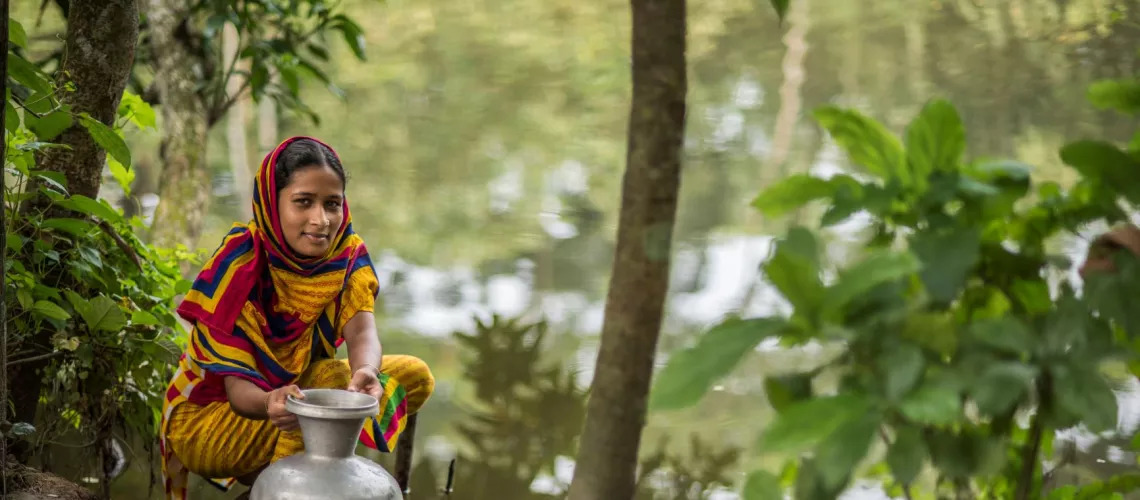Read Time:5 Minute, 47 Second
The blog post was first published on 14 November 2022 and retrieved from World Bank Blogs

With a myriad of climate impacts on the horizon, the Government of Bangladesh has committed to identifying and prioritizing investable sectors for action to reduce climate risks and environmental losses in the vulnerable areas of the country.

Wameq Azfar Raza
The writer is an Economist at The World Bank

Keiko Inoue
The writer is Practice Leader for Human Development at The World Bank
